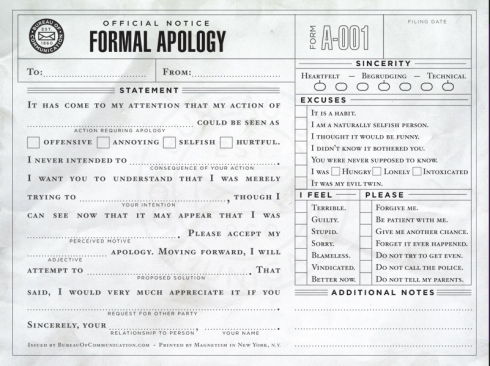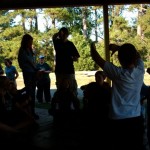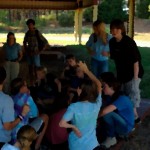Some key performance-character strengths:
zest, grit, self-control, social intelligence, gratitude, optimism and curiosity.
— Tough (2011): What if the Secret to Success Is Failure? in The New York Times’ Education Issue
Paul Tough’s thought provoking article is a great overview of some of the recent research on character, and discusses a few attempts to instill character building into school.
Levin [co-founder of the KIPP network of charter schools ] noticed that … the students who persisted in college were not necessarily the ones who had excelled academically at KIPP; they were the ones with exceptional character strengths, like optimism and persistence and social intelligence. They were the ones who were able to recover from a bad grade and resolve to do better next time; to bounce back from a fight with their parents; to resist the urge to go out to the movies and stay home and study instead; to persuade professors to give them extra help after class.
— Tough (2011): What if the Secret to Success Is Failure?

Much of the work on character is based on the universal character characteristics identified in the book Character Strengths and Virtues: A Handbook and Classification (Peterson and Seligman, 2004) and the research of Angela Duckworth (her research page is a good place to find copies of her publications).
Duckworth’s Grit Scale, seems to be a remarkably good predictor of GPA, and perhaps more interestingly, corresponded inversely to the number of hours of television students watched: “gritter” students did better in school and watched less TV.
Among adolescents, the Grit–S [short Grit Scale] longitudinally predicted GPA and, inversely, hours watching television. Among cadets at the United States Military Academy, West Point, the Grit–S predicted retention.
— Duckworth and Quinn (2009): Development and Validation of the Short Grit Scale (Grit–S)
The grit survey would probably be a useful addition to the Personal World curriculum.
One interesting application discussed in the article is at the KIPP middle schools in NYC. There they issue a Character Report Card and integrate discussion of character into all the classes: a language class might talk about how much self control the protagonist in a novel has and how that works out for them.
I’d be extremely reluctant to have to grade my students on twenty four character traits. While it might be a useful rubric to have and discuss and build on students’ positive self-conceptions, I fear that it might also significantly reinforce the negative conceptions as well.
Imbuing a language of character as a subtext of the curriculum seems like a great idea however.
Performance vs. Moral Character
One important critique of much of this work is that it focuses on “performance” character, the character traits that predict high achievement, rather than “moral” character which focuses on the ability to work well with others.
These two perspectives on the same character traits need careful attention. From a performance perspective, social intelligence, can be seen as a way of getting ahead – something that is somewhat manipulative, but from a moral perspective, social intelligence is intrinsically beneficial to the person and the society around them.
And perhaps this is the biggest problem with performance-character. It is extrinsically motivated: do this and you will get this reward. The intrinsic nature of moral-character seems much more in line with a progressive approach to teaching. Certainly, much care should be taken in how we think about and include character building in education.
The Character Education Partnership has a number of lesson plans and best practices for all grade levels, that focus more on moral character.
Giving Students the Opportunity to Fail

Finally, Tough talks about the fact that students need the time and space to explore, try difficult things, and to fail, in order to really build character.
The idea of building grit and building self-control is that you get that through failure, and in most highly academic environments in the United States, no one fails anything.
— Dominic Randolph (2011) in Tough (2011): What if the Secret to Success Is Failure? in The New York Times’ Education Issue
This is tied into the central theme of the movie Race To Nowhere and the book The Price of Privilege, that argue that, for many affluent students, the stress of excessively high academic expectations are having some seriously negative effects.
People with self-respect have the courage of their mistakes. – Joan Didion (1961), via Word on the Street (2010)
(hat tip to Ms. D. for the link to the article)






